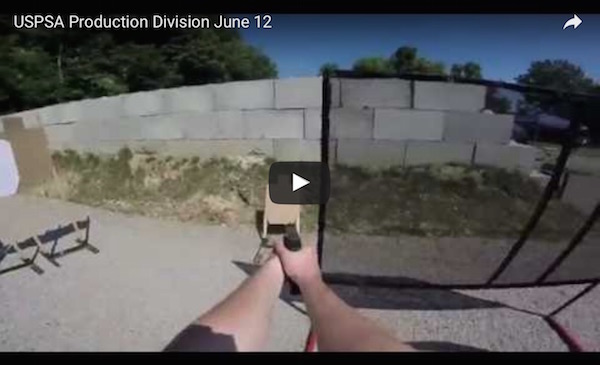Kathy Jackson of Cornered Cat:
A few things to learn from a medical emergency on the range as reported <here>. According to eyewitnesses, at an action pistol match, one person was pasting targets in one bay while another person was shooting a stage in the next bay over. One of the shooter’s rounds apparently ricocheted (or traveled directly through) a crack in the concrete barriers separating the two bays, striking the taper in the chest.
The linked article has more to say, but — in part because of my current writing project which is a book for instructors — I’m thinking about instructors today. What do instructors need to learn from incidents like this?
1) Safety is not “everyone’s job.” It is the job of each one of us, individually…
Continue reading at Cornered Cat…
The video that was on YouTube has been made private, but this screenshot of the preview frame is more than enough to see that mistakes were made. Especially when we consider that USPSA has a 180 rule (section 10.5.2).

What do you see here? Sound off in the comments.
UPDATE: The video has been re-uploaded. Thanks to Annette Evans of Beauty Behind the Blast for letting us know!

